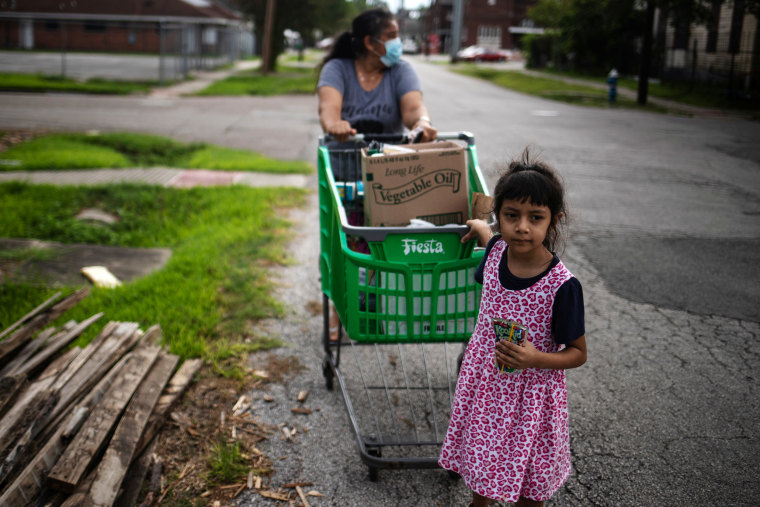On Monday, the Biden administration demonstrated the kind of positive difference a smart approach to our tax system can make.
Congress must now seize this opportunity to extend these benefits, and invest in future generations, by making these changes permanent.
Starting July 15, the federal government will provide expanded child tax credit payments — and do so in the form of monthly installments through the end of this year. An estimated 39 million households, home to nearly 90 percent of children in the United States, are due to receive these benefits. With 1 in 7 children living in poverty, this should cut the nation’s child poverty rate nearly in half and meaningfully addresses racial economic disparities.
The child tax credit has been around since 1997, when it was established as a $400 credit to reduce families’ income tax burden and help them afford the additional costs of raising children. While the credit has been expanded over the years, it has consistently been too small and left out millions of low-income families.
The new expansion enacted in the American Rescue Plan Act, signed into law by President Joe Biden in March, addresses the first issue with an annual increase from $2,000 to $3,000 for each child ($3,600 for each child under the age of 6). It also extends the benefit to low-income families who previously did not make enough to receive the credit or just a partial one. Under the previous law, families whose income tax liability was less than the value of the credit were only able to receive $1,400 at most, and if they earned less than $2,500, they could not receive the credit at all.
Also significant is a change in the mechanism for how this credit will be distributed. Under Biden’s plan, the credit will be paid each month, rather than annually, helping families keep up with ongoing expenses like groceries, diapers and day care. This is a big win for advocates who have long recognized that families are better served with consistent payments to address their regular expenses and prevent financial precariousness rather than a once-a-year financial boost.
Monthly installments help provide a reliable source of income that can help families plan for the future, making them more financially stable and making the overall economy more resistant to future shocks. This change also puts the credit more in line with other popular benefits that help certain populations meet their basic needs, namely Social Security.
When the law was enacted, it was unclear how soon the monthly payments would start flowing. But with Monday’s announcement, the Biden administration has hit its July target. That means they will soon be providing a boost to the economy, as economic estimates have shown that expanding the child tax credit is a particularly effective form of stimulus. By providing cash directly to families, allowing them to spend more money in their communities, the child tax credit expansion in 2009 generated as much as an estimated $1.50 in economic growth for each $1 spent during the Great Recession.
Today, researchers at Columbia University estimate that the changes to the child tax credit will lift the incomes of millions of families above the poverty line (around $17,000 for a family of two), pulling almost 50 percent of impoverished children out of deep poverty if all eligible children were to receive the credit.
Giving families more resources to raise their children has been proven to lead to better outcomes for children, including better nutrition, higher school enrollment, lower maternal stress and healthier birth weights. The change to the tax credit could also help racial disparities, as children of color were disproportionately excluded because their families didn’t meet the erstwhile qualifying threshold (Nearly 16 million of the 27 million children previously excluded are Black and Latinx). Under Biden, the newly expanded credit will correct that failure.
But more is needed to ensure the credit reaches all eligible children, such as reducing the complicated tax returns and burdensome paperwork from low-income families who are otherwise not required to file federal taxes. Encouragingly, the IRS has pledged to continue its outreach efforts with partner organizations and establish simplified portals for families. This work with hard-to-reach communities must be ongoing.
Additionally, to fully realize the credit’s racial justice possibilities, Congress must reverse racist and cruel changes made to the credit during the Trump administration. Under the 2017 Tax Cuts and Jobs Act, children without a Social Security number could not be claimed for the credit, excluding nearly 1 million children in immigrant families. That exclusion has yet to be restored.
The pivotal expansions to the child tax credit in the American Rescue Plan will cut child poverty, work toward closing racial disparities and lay the groundwork for creating a stronger and more equitable economy. Congress must now seize this opportunity to extend these benefits, and invest in future generations, by making these changes permanent.


